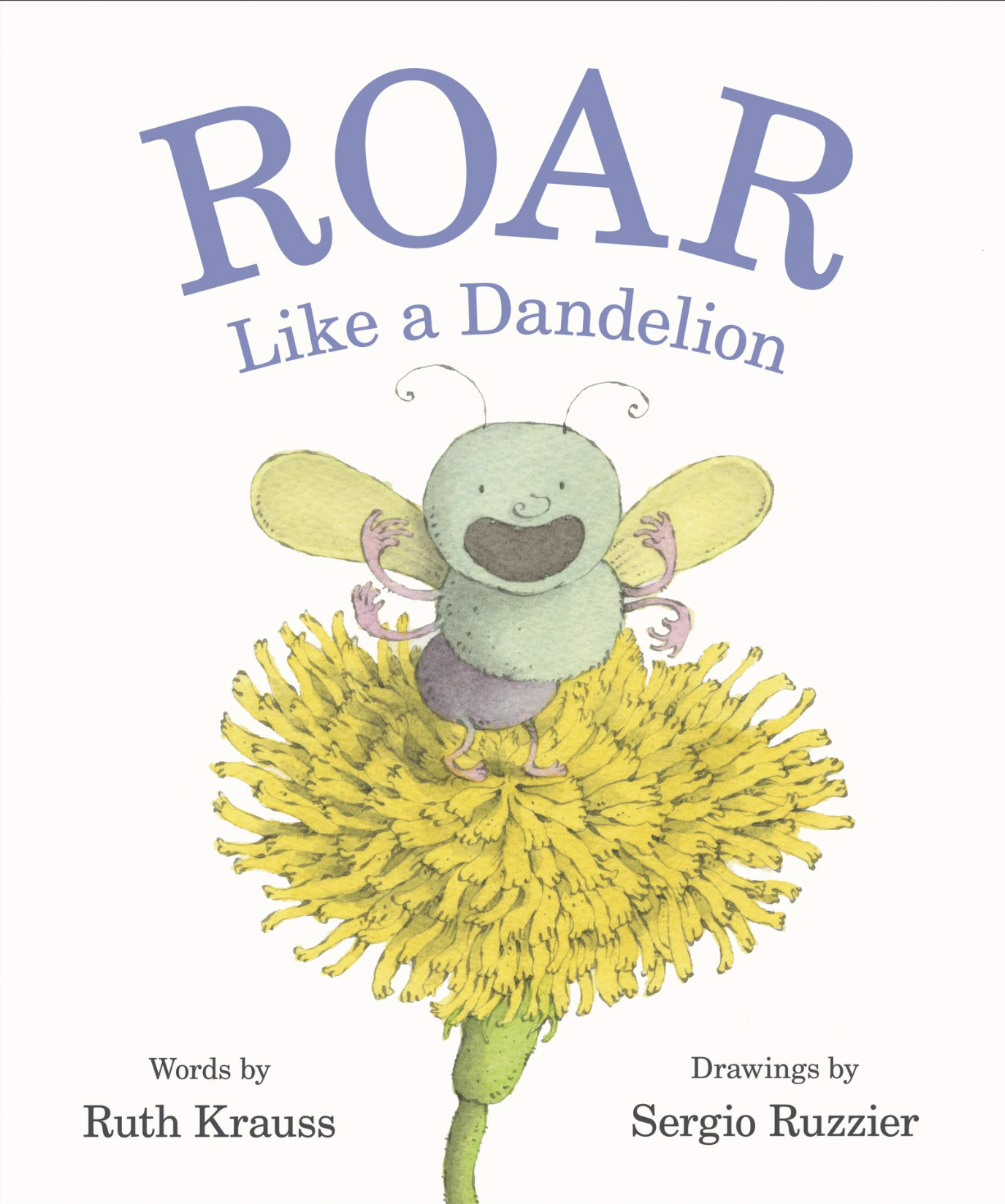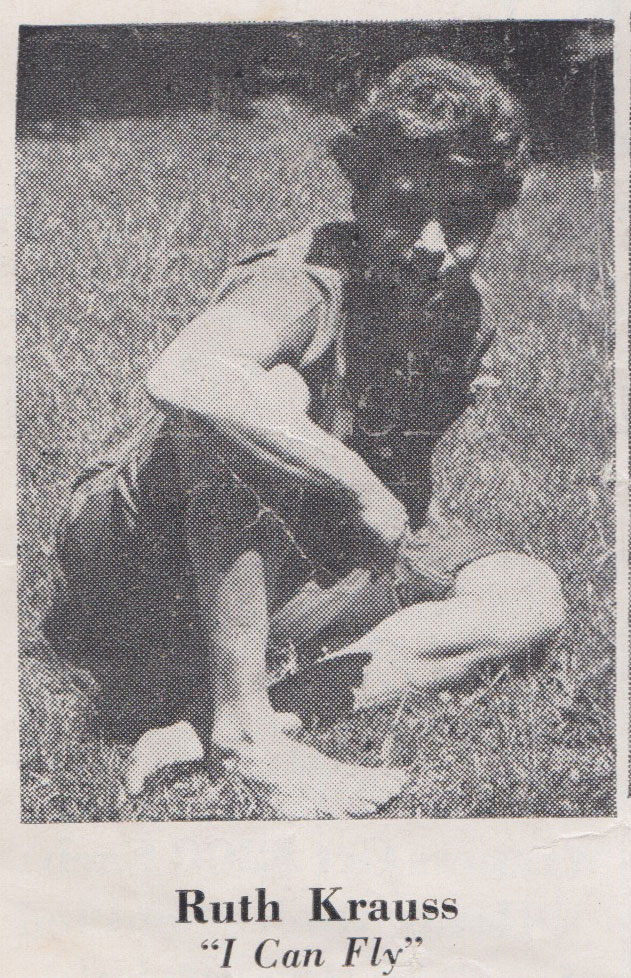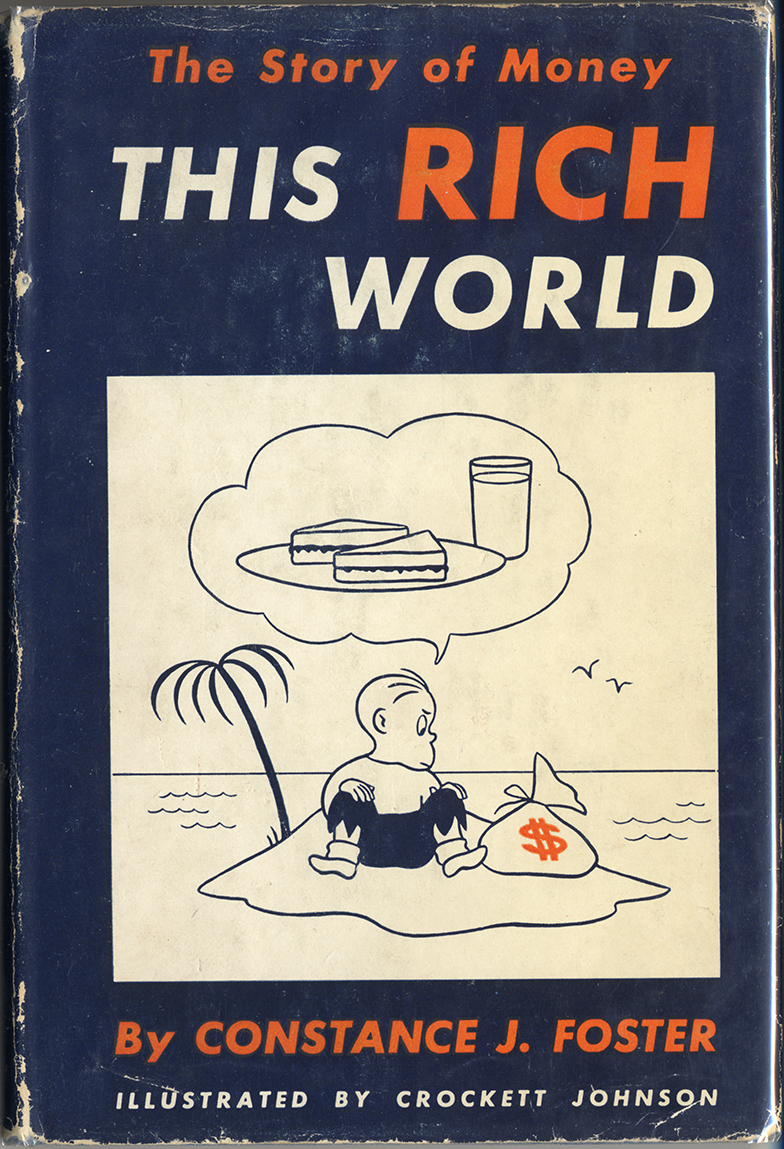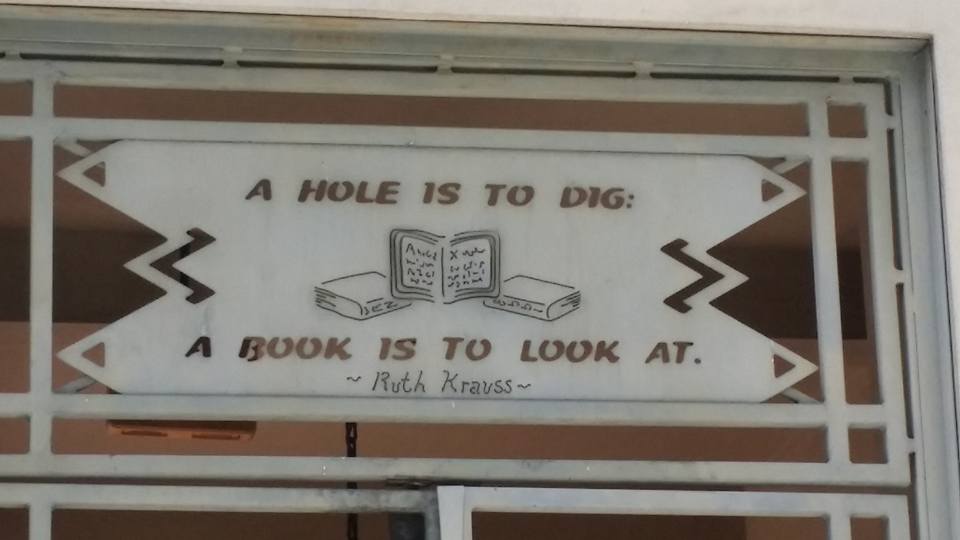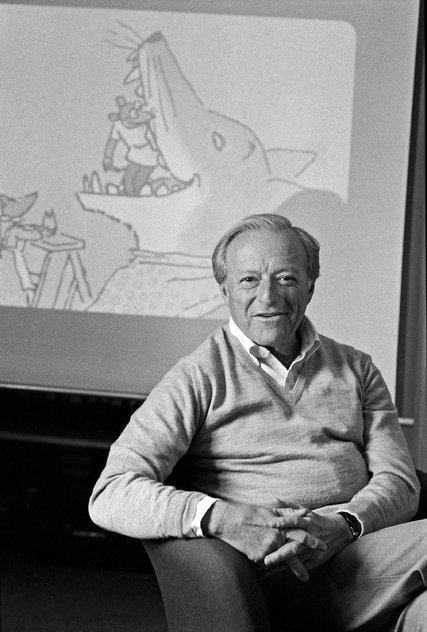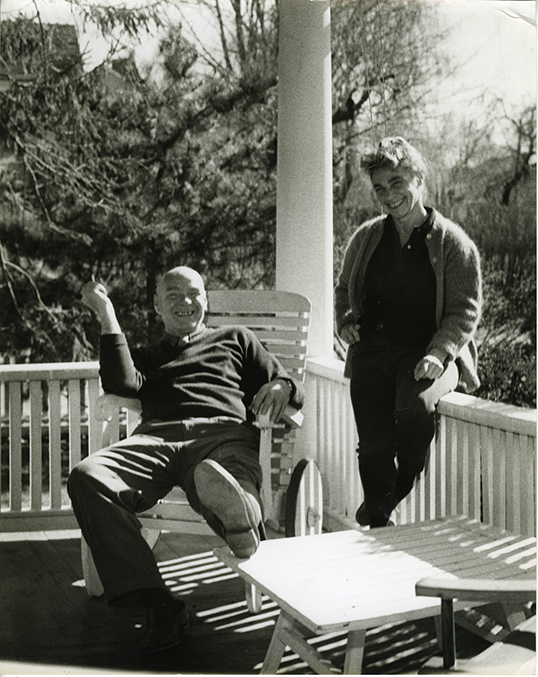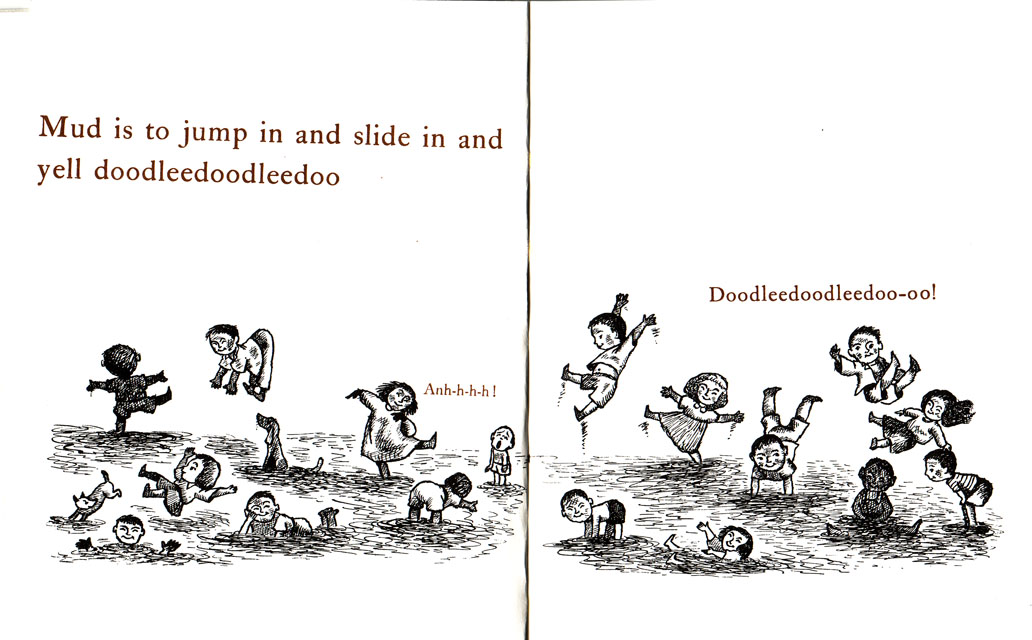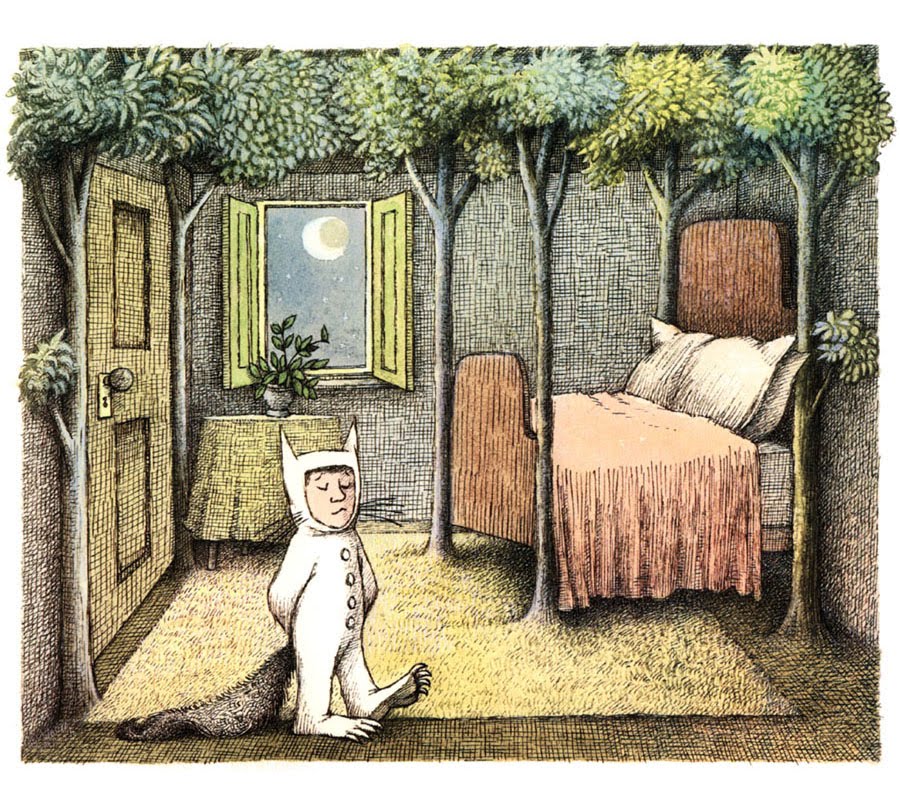Ruth Krauss, Sergio Ruzzier, and… the Beatles?
For the first time in 32 years, there is a new book by Ruth Krauss! Roar Like a Dandelion, with art from Sergio Ruzzier, was published on the first of the month. Krauss began writing the book in around 1960, just after she began to focus more on writing poetry or poem-plays and less on

